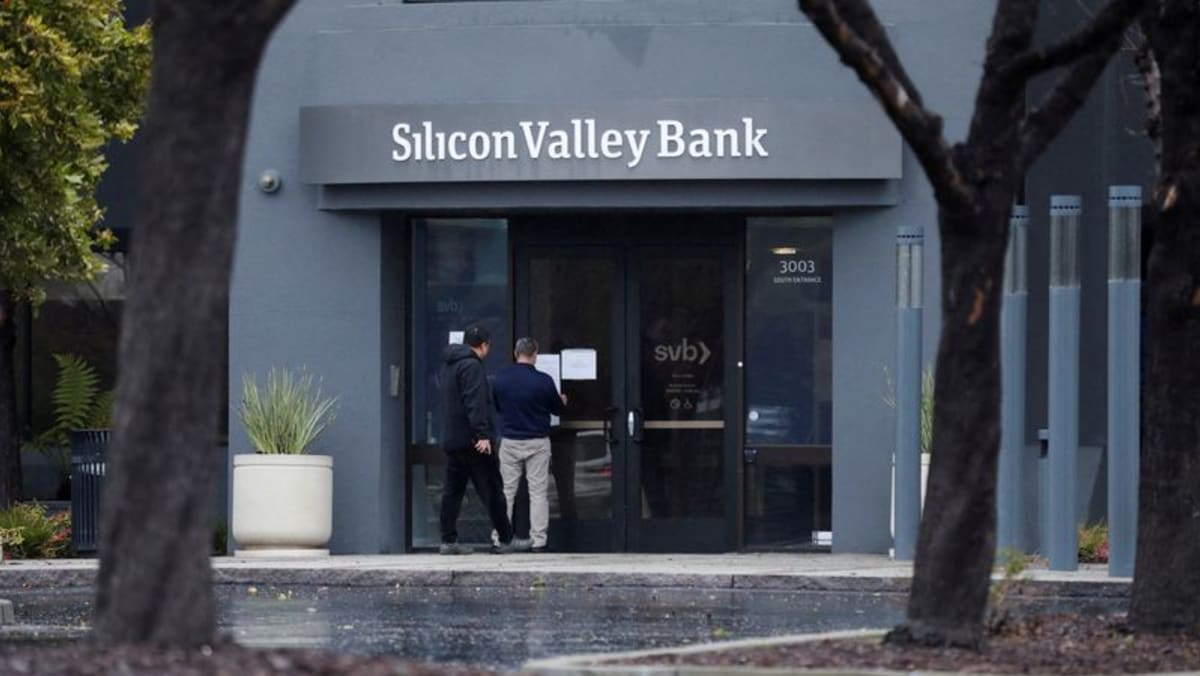How a bank run closed Silicon Valley Bank and where that could lead
Regulators have long warned that the end of rock-bottom interest rates could cause sudden crises in unexpected corners of global finance. So when Silicon Valley Bank (SVB) failed in the face of a funding crunch, investors were left to wonder if its plight was a harbinger of broader trouble.
Major banks are much better capitalised than they were before the global financial crisis, and SVB’s deposit base was unusually concentrated in venture-backed start-ups.
But the selloff in bank shares that followed SVB’s woes reflected worries that the ripple effects of interest-rate hikes could hurt at least the most vulnerable lenders.
WHAT BEFELL SVB?
As the only publicly traded bank focused on Silicon Valley and new tech ventures, SVB was deeply embedded in the US start-up scene. According to its website, it did business with nearly half of all US venture capital-backed start-ups and 44 per cent of US venture-backed tech and healthcare companies that went public last year.
Its website lists Shopify, VC firm Andreessen Horowitz and cybersecurity firm CrowdStrike Holdings among its clients. On Mar 8, its parent company, SVB Financial Group, announced it had sold US$21 billion of securities from its portfolio at a loss of US$1.8 billion and would sell US$2.25 billion in new shares to shore up its finances.
That unnerved a number of prominent venture capitalists, including Peter Thiel’s Founders Fund, Coatue Management and Union Square Ventures, which were said to have instructed their portfolio businesses to pull their cash from the bank.
By Mar 10, the effort to raise new equity or find a buyer had been abandoned, and the bank was put into receivership by the Federal Deposit Insurance Corporation (FDIC).
Receivership typically means a bank’s deposits will be assumed by another healthy bank, or the FDIC will pay depositors up to the insured limit.
WHAT DOES THAT MEAN FOR SVB AND ITS CLIENTS?
The FDIC said it had created a new bank, the Deposit Insurance National Bank of Santa Clara, to hold the assets of SVB. It added that insured depositors – those with US$250,000 or less in their accounts – would have access to their money by Mar 13.
The FDIC guarantees deposits – but typically only up to US$250,000 per client and per bank.
But in a joint statement on Sunday (Mar 12), financial agencies including the US Treasury said SVB depositors would have access to “all of their money”.
Treasury Secretary Janet Yellen said the move will protect “all depositors,” signalling aid to those whose accounts exceed the typical US$250,000 threshold for FDIC insurance.
“We are taking decisive actions to protect the US economy by strengthening public confidence in our banking system,” the agencies said in a joint statement.
Typically, the FDIC sells the assets of a failed bank to other financial institutions and pays those with uninsured deposits out of those proceeds. Uninsured depositors will get a receivership certificate for the remaining amount of their uninsured funds, the regulator said, adding that it doesn’t yet know that amount.
For all the latest world News Click Here

